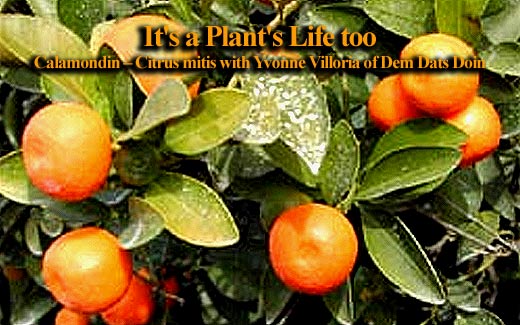
|
As the scientific name implies, the Calamondin does very well in the citrus growing areas of Stann Creek and other citrus areas of Belize. However, it is not well known in Belize. The Calamondin is probably indigenous to Southeast Asia. It is widely grown in the Philippines, India and Indonesia. It can be seen as an ornamental tree in yards in Hawaii, the Bahamas, the West Indies and parts of Central America. Dr. David Fairchild introduced it into Florida. Where it may be found in many home backyards. The Calamondin tree grows to a height from 6.5 to 20 feet high, often cylindrical, densely branched starting from the bottom and has long thorns mostly on older branches. The tree can be distinguished at a distance from other citrus trees by its glossy dark green yellowish leaves. The round bright orange colored fruit measures about 1-1.5” or larger. It favors the tangerine in color and fruit skin is thin and loose. Trees are easily grown from seeds and breeds true. The flowers require no cross-pollination. From seed to first production takes about 2.5 years and will continue to produce an abundant crop year round. Fruits are picked by clipping the stems as they turn orange but it is time consuming. Fruits are borne throughout the tree from the center to the outer edges. We have been pricked by the thorns as we reach for the fruits in the center. Since we use the fruit within a few hours we just pull the fruit from the tree instead of clipping. We harvest about ¾ of a bucket, squeeze the juice and seeds out. Makes about a quart of juice, which we refrigerate, for a quick refreshing pick-me-up drink. The seeds we export. The parrots (yellow-headed red-lored, mealy) at Haney Farms always have an early morning breakfast of Calamondin. The parrots peck at the fruit until about midway and remove the seeds. While still in their beaks the outer think skin is discarded and the green kernel seed nut is eaten. Often the parrots are so engrossed at breakfast that you can approach within 6-10’ and observe their activity. Calamondin juice is often used like lime or lemon in drinks, soups, salads, seafood and meats. The fruit can be preserved, stewed, made into pickles, marmalade and chutney. Oh! It can also be used on insect bites – eliminates the itching. We are considering blending the juice with ylang ylang extract to produce a sweet smelling insect repellant. |

